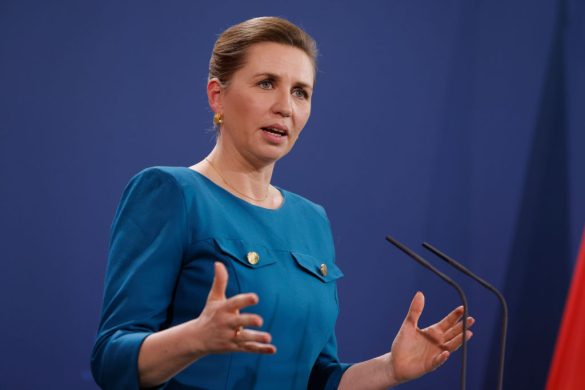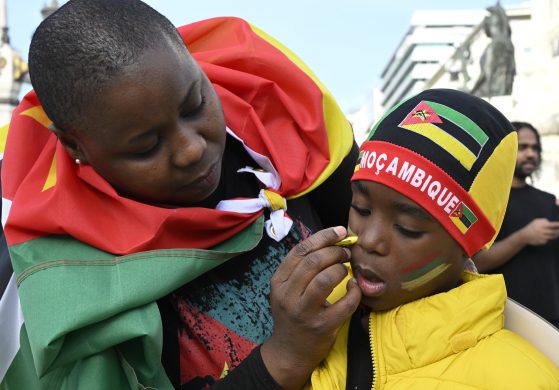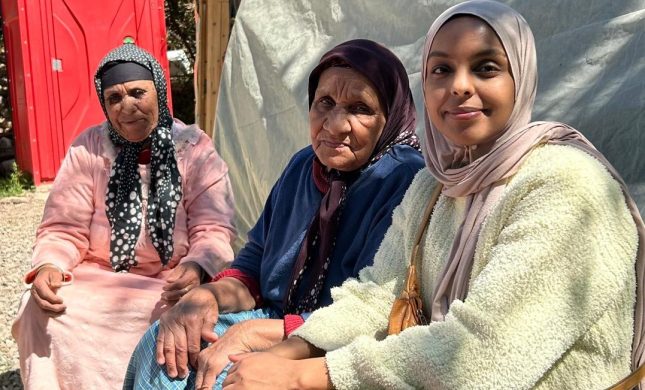Den globale bistand til uddannelsesområdet er faldet med knap 10 procent de seneste år og er i dag på samme niveau som i 2008. 57 millioner børn har ikke adgang til skoleundervisning og det samme gælder 69 millioner unge.
PARIS, 11. June 2014 (UNESCO): Aid to education is seriously declining: it fell by just over 6 percent between 2010 and 2011, and a further 3 percent in 2012. Basic education – which enables children to acquire foundational skills and core knowledge – is now receiving the same amount of aid as it was in 2008. As funds diminish, and just one year before the deadline for achieving the global Education for All goals, 57 million children and 69 million adolescents are still out of school.
Konference skal skaffe 3,5 mia. dollars
These new figures are released by UNESCO’s EFA Global Monitoring Report ahead of the Global Partnership for Education’s Replenishment Pledging Conference in Brussels (25-26 June), at which donors are being asked to help raise a much-needed US$3.5 billion for education in the poorest countries.
“When so many girls and boys are still out of school and not learning, the continuing drop in funds for education is cause for serious concern,” said Irina Bokova, Director-General of UNESCO. “Increasing external support for education is an ethical and development imperative. We know the difference that well-targeted aid can make in helping countries to put quality education first.”
Julia Gillard, Board Chair of the Global Partnership for Education, affirmed that “Education is a long-term investment – not an expense. We owe it to the children of the world – particularly the poorest and most marginalized – that both international donors and developing country governments step up and commit more funding to education.”
Bistand betaler en fjerdel af uddannelsesbudgettet
The paper (se link under artiklen) shows that aid is still vital for many countries, making up over a quarter of public education spending in 12 countries. Yet with aid flows to the sector falling by 10% – far more than the 1% decrease in overall aid levels – donors are clearly backing away from education as a development priority.
“This worrying fall in aid is in the context of a US$26 billion annual finance gap for education. Unless this negative trend is reversed, the likelihood of reaching the global education goals is put at great risk – all the more so if new education targets are set for 2030,” said Aaron Benavot, director of the EFA Global Monitoring Report.
“With aid proving so volatile, governments must urgently improve their domestic financing, including better management of their tax systems, so as not to put their country’s development in jeopardy.”
Rammer de svageste hårdest
The cuts are biting hardest in those countries furthest from reaching the education goals. In sub-Saharan Africa, which is home to over half the world’s out-of-school children, aid to basic education fell between 2010 and 2011, and stagnated between 2011 and 2012. Since 2010, 12 African countries have seen cuts in their aid to basic education of US$10 million or more.
The two countries with the largest cuts in aid to basic education from 2010 to 2012 were India and Pakistan, even though both sit among the top five countries in the world with the most children out of school.
Aid to basic education for low-income countries recovered slightly in 2012 compared to the decreases felt in 2011, but levels are still lower than they were in 2010. Twenty-two low-income countries received less aid for basic education than two years before.
The EFA Global Monitoring Report continues to show that despite half of the world’s out-of-school children living in conflict-affected countries, humanitarian aid appeals neglect education needs: education only received 2% of humanitarian appeals in 2013 – only half way to the modest 4% target set by the United Nations last year. As a sector, education is suffering a double disadvantage: not only is it receiving the smallest proportion of humanitarian appeals, but it is also receiving one of the smallest proportion of requests that it makes for funding: in 2013 education received 40% of the funds it called for from humanitarian aid.
Download Education for All Global Monitoring Report, june 2014 (PDF, 7 sider)















